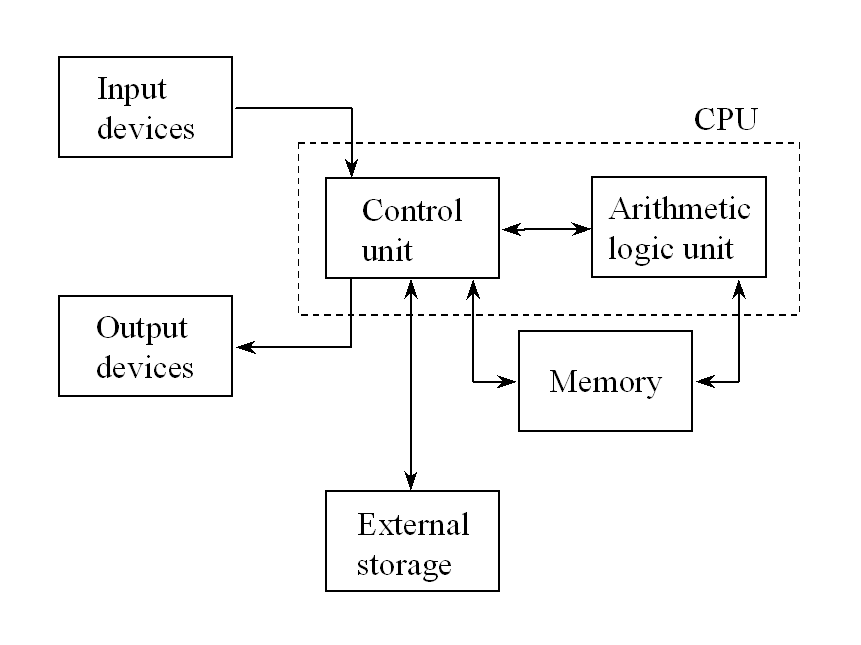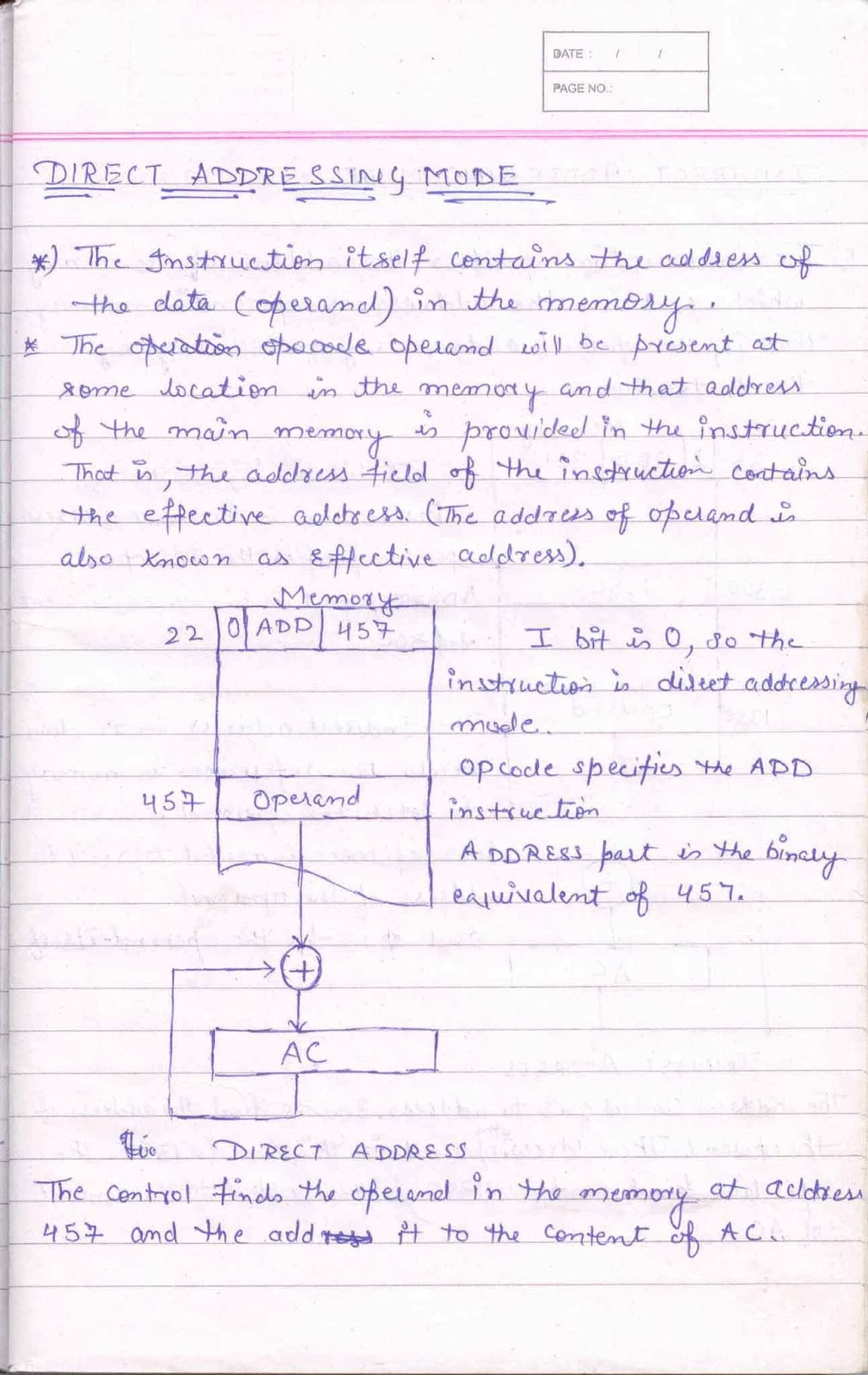
A typical computer system consists of a Central Processing Unit (CPU), memory, input/output devices, and storage devices. The architecture of a computer system encompasses the design and organization of its hardware components. Understanding how these hardware components interact and how the OS manages them is essential for comprehending OS architecture's intricacies. The OS oversees storage management, ensuring data integrity and access.

Storage Devices: Hard drives, solid-state drives (SSDs), and other storage media store long-term data. The OS facilitates communication between these devices and user applications. Input/Output Devices: Peripherals like keyboards, mice, displays, and printers connect to the computer via input/output ports. The OS manages memory allocation, ensuring that each process gets its fair share while preventing conflicts. Memory (RAM): Memory is where data and instructions are temporarily stored for fast access by the CPU. The OS interacts closely with the CPU, managing its usage to ensure efficient task execution.

Key components include:Ĭentral Processing Unit (CPU): The CPU is the brain of the computer, responsible for executing instructions and performing calculations. To appreciate the architecture of an operating system, one must fathom the inner workings of this computer system architecture. The Essence of Computer System Architecture in OSĪt the heart of every computer lies a meticulously designed system architecture, a blueprint that governs the hardware components and their interactions. Understanding the architecture of OS begins with understanding the architecture of the computer system itself.

Computer system architecture software#
Understanding the relationship between process and program is fundamental to comprehending how the architecture of an operating system manages the execution of software instructions and tasks.The basics of OS and computer architecture lay the groundwork for comprehending the intricate architecture of operating systems, serving as the foundation upon which the entire computing ecosystem is built. It manages resources, schedules tasks, and provides essential services, such as file management and device access. An OS is a software that acts as an intermediary between a computer's hardware and its user applications. Basics of OS and Computer Architectureīefore diving into the nitty-gritty details of the architecture of operating system, it's essential to grasp the fundamentals of both operating systems and computer architecture. We will also touch upon essential aspects like layered architecture, distributed OS, disk and file system architecture, and the different types of OS architectures. In this extensive exploration, we will delve deep into the architecture of operating systems, from the foundational basics of OS and computer architecture to the specific architectures of well-known operating systems like Unix, Linux, and Android. CPU scheduling, a key aspect of operating system architecture, ensures efficient task execution by determining the order and duration of processes' access to the CPU.
Computer system architecture code#
In some operating systems, the read-only memory (ROM) contains firmware or boot code that initiates the system's startup process, adding an extra layer of complexity to the OS architecture. Understanding the architecture of an OS is like peering behind the curtain of a magic show, revealing the intricate machinery that makes everything work seamlessly.

At the heart of these systems lies the Operating System (OS), a crucial component often taken for granted. The world of technology is propelled by complex systems that seamlessly manage our daily interactions with computers, smartphones, and more.


 0 kommentar(er)
0 kommentar(er)
